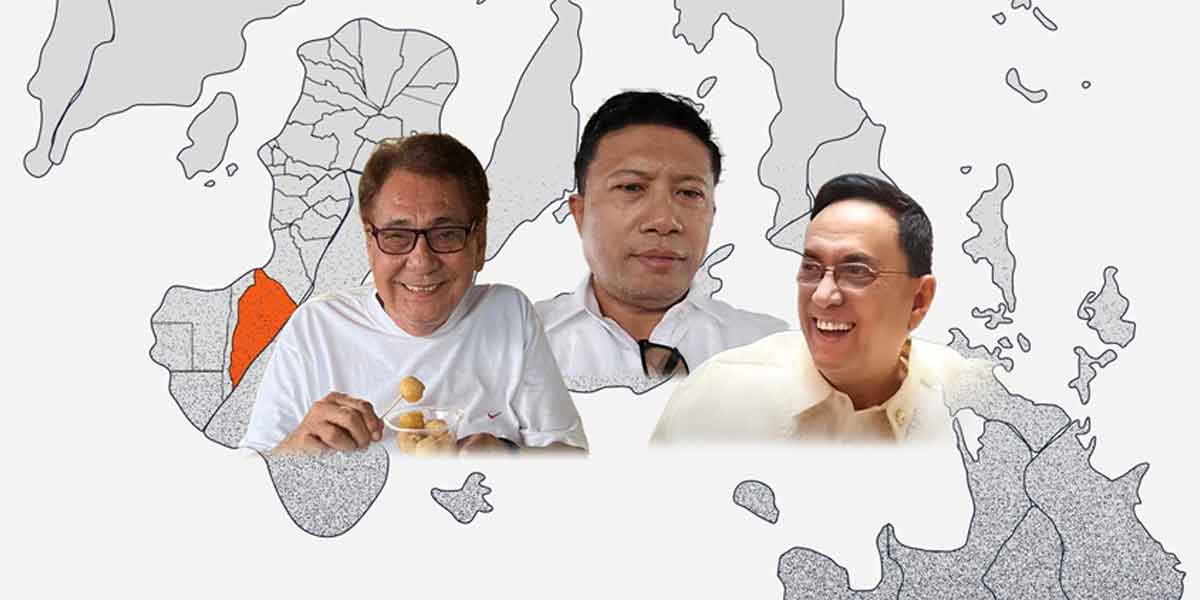
The U.S. government, through the United States Agency for International Development (USAID), is providing Php 53 million ($900,000) for the second phase of an information management system project to enhance the Philippines’ capacity to identify disaster risks and support disaster response operations.
USAID Philippines Mission Director Ryan Washburn and National Disaster Risk Reduction and Management Council (NDRRMC) Executive Director and Office of Civil Defense (OCD) Administrator Undersecretary Raymundo Ferrer made the announcement during the launch of phase two of the Early Warning and Decision Support Capacity Enhancement project on October 12.
The initial phase of the project, implemented from 2019 to 2021 in partnership with the University of Hawaii’s Pacific Disaster Center, introduced PhilAWARE (AWARE: All-hazards Warning, Analysis and Risk Evaluation), a customized data platform that collects complex information on disaster risks, vulnerabilities, and other real-time data to assist disaster response operations.
The OCD Operations Center used the PhilAWARE system to support monitoring and response efforts during the passage of Super Typhoon Karding in the Philippines in September.
The system was also used to establish the flight path that allowed President Ferdinand Marcos, Jr. and other officials to conduct damage assessment in affected areas shortly after the storm had passed.
In the second phase of this project, the OCD will further develop data sharing and processing, rollout pilot systems in regional offices, and provide more training to deepen the integration of PhilAWARE within the NDRRMC and reflect a whole of government approach to enhance digitization, data sharing, and reporting.
“Information and communication management is among the most challenging aspects in disaster response. We are proud of our latest collaboration with the OCD and the Pacific Disaster Center on the PhilAWARE information management platform,” said Mission Director Washburn.
“The U.S. government, through USAID, remains steadfast in our commitment to boost the Philippine government’s capacity to improve disaster preparedness and management systems for the benefit of the Filipino people.”
Director Washburn noted the timeliness of the project in light of recent disasters in the country, including the Abra Earthquake, Tropical Depression Agaton and Super Typhoon Karding. In September, the World Risk Index Report 2022 ranked the Philippines with the highest natural disaster risk among 193 countries.
“I commend the enduring partnership among our NDRRMC agencies alongside USAID to build safer climate change adaptation practices in the Philippines,” said Undersecretary Ferrer.
Since 2010, the U.S. government, through USAID, has provided more than Php21.1 billion (over $359 million) in disaster relief and recovery aid and has boosted the disaster risk reduction capacity of more than 100 cities and municipalities in the Philippines.





















